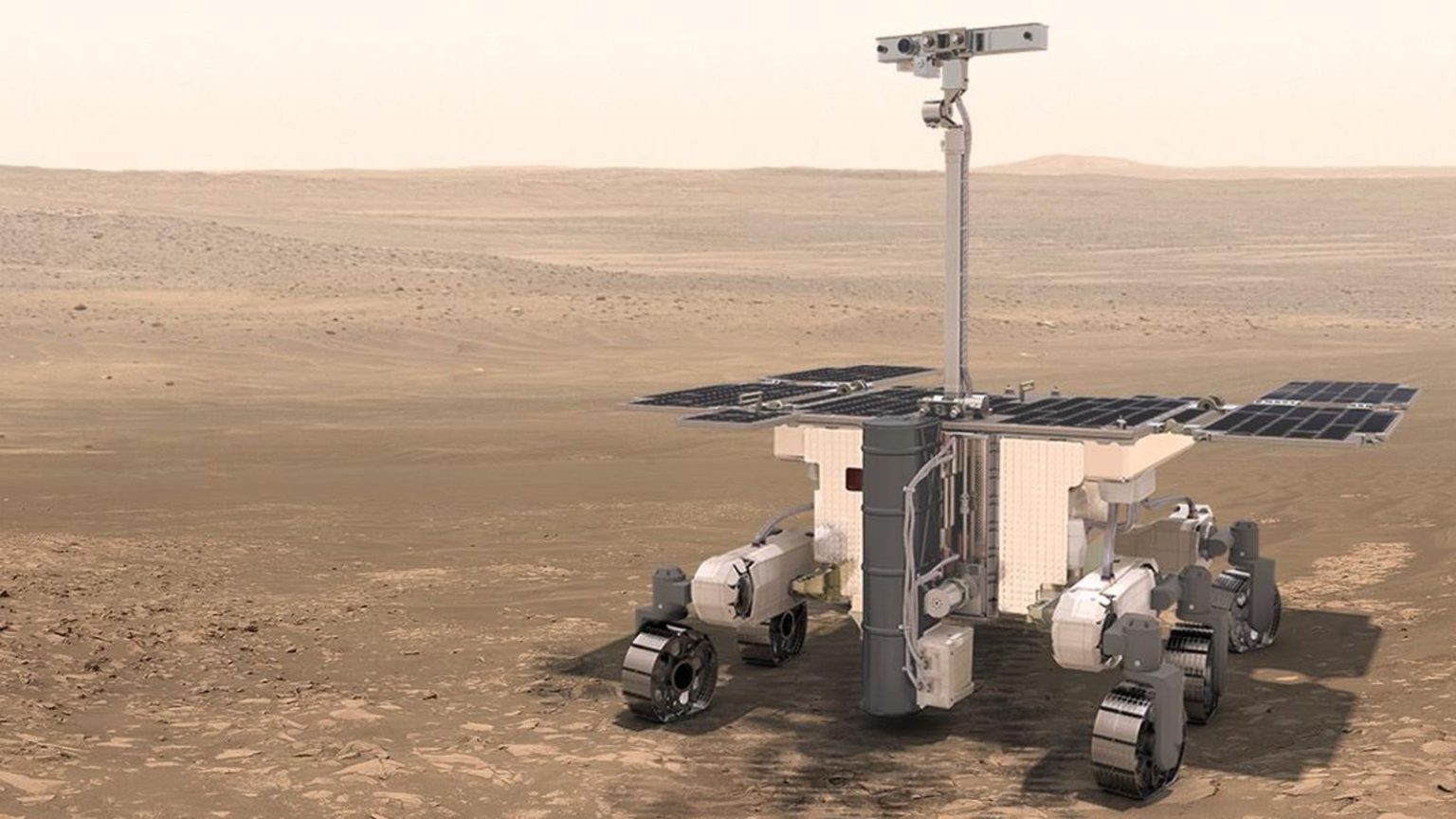After facing delays due to COVID-19 and the war in Ukraine, the ExoMars Rosalind Franklin mission is finally set to launch in 2028. Originally a joint mission between ESA and the Russian space agency Roscosmos, the pandemic caused the mission to be postponed to September 2022. However, the war in Ukraine led to the cancellation of the mission by ESA in March 2022.
Fortunately, NASA has stepped in to provide components for the mission that were previously offered by Roscosmos. This includes a rocket for the launch, heater units, and elements of the propulsion system needed for landing on Mars. The Rosalind Franklin rover, which will search for signs of ancient life on Mars, features a drill capable of reaching a depth of up to 6.5 feet below the surface to collect ice samples protected from the harsh Martian environment.
The Mars Organic Molecule Analyzer is another key component of the mission, which will search for the building blocks of life in soil samples collected by the rover. NASA has committed to providing key components for this instrument to help identify geochemical signatures of life from rock samples. The rover will land in Oxia Planum, a clay-rich region on Mars, to search for signs of ancient life.
The exact launch date for the mission has not yet been released, but March 2028 is considered an ideal time to launch due to the alignment between Mars and Earth. This mission is a continuation of the strong partnership between the United States and Europe to explore the mysteries of our solar system and beyond. Rosalind Franklin, the rover’s namesake, was a British chemist and X-ray crystallographer whose work contributed to the discovery of DNA’s structure.
With the green light for launch in 2028, the Rosalind Franklin mission is poised to make significant strides in humanity’s search for evidence of past life on Mars. The unique drilling capabilities and onboard samples laboratory of the rover hold great scientific value, and NASA’s support ensures key components are in place for the mission to be successful. As we look forward to the exploration of the Red Planet, the mission symbolizes the collaborative efforts between nations to push the boundaries of knowledge and unlock the secrets of our neighboring planets.


